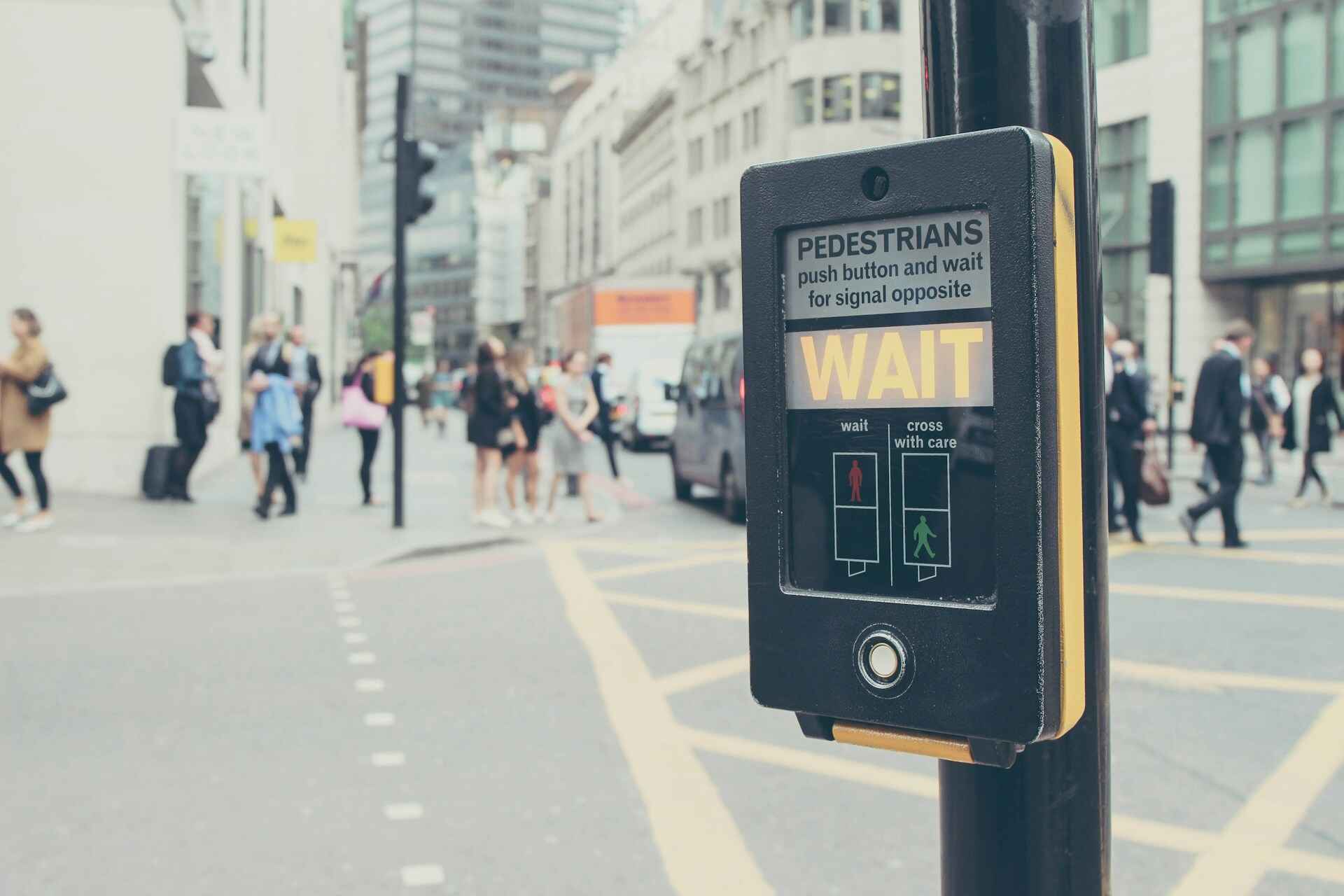
As you prepare for your practical driving test, you’ve likely conducted some research, exploring the test day procedures and gathering essential information. You may have discovered that your driving instructor can accompany you during the test.
The decision of whether or not to bring your instructor on your driving test is a personal one, with both potential advantages and disadvantages to consider.
Advantages:
- Increased Confidence: Having your instructor by your side can provide a sense of comfort and reassurance, boosting your confidence levels.
- Expert Guidance: Your instructor can offer valuable advice and support during the test, helping you stay calm and focused.
- Familiar Presence: A familiar face in the car can help alleviate nerves and create a more relaxed atmosphere.
Disadvantages:
- Potential Distractions: The presence of your instructor may inadvertently cause distractions, taking your attention away from the road.
- Increased Pressure: Some learners may feel added pressure with their instructor in the car, leading to increased anxiety.
- Cost Implications: There may be additional costs associated with bringing your instructor, such as paying for their time or travel expenses.
Ultimately, the decision of whether or not to take your instructor on your driving test depends on your individual preferences and needs. If you feel that their presence will benefit you, then it may be worth considering. However, if you believe that you will be more comfortable and focused without them, then it may be best to go it alone.
Reasons to Take Your Instructor to Your Driving Test
Reassurance
By the time you’re ready for your practical test, you’ll have built a strong rapport with your driving instructor. You’ve navigated the learning journey together, from initial stalls and roundabout anxieties to conquering those long test center queues.
Regardless of the challenges encountered, a unique bond forms between learner and instructor. This connection can provide invaluable reassurance during the test. Your instructor becomes a source of moral support, a quiet reminder of your capabilities.
Muscle Memory
Countless times, your instructor has gently guided you, reminding you of crucial checks like blind spots and clutch control. These constant reminders solidify into muscle memory. Even though your instructor cannot offer verbal cues during the test, their mere presence can act as a powerful trigger.
As you prepare to maneuver, you might subconsciously recall their voice emphasizing the importance of blind spot checks, a testament to the effectiveness of their instruction.
Good Motivation
Opinions on whether to include your instructor in the test vary amongst learners and instructors. Some drivers perceive their presence as an added stressor, a concern we’ll delve into later. However, for many, it serves as a powerful motivator.
The awareness that your instructor is observing your every move can inspire you to perform at your best. It’s an opportunity to demonstrate your driving skills and acknowledge their effective instruction.
Extra Feedback
While we hope for the best, the possibility of test failure, whether due to minor infractions or a more significant error, remains. Processing the examiner’s feedback while grappling with disappointment can be overwhelming.
Having your instructor present offers two key advantages. Firstly, they can directly observe the specific road features or maneuvers that presented challenges, ensuring these areas are revisited in future lessons. Secondly, they can actively listen to the examiner’s feedback, providing valuable insights and support while you process the information.
Bonus: Benefits for Future Learners
While the primary focus is your own success, including your instructor in the test can indirectly benefit future learners. By observing the chosen routes, road features, and the examiner’s expectations, your instructor gains valuable insights.
If you encounter difficulties with specific maneuvers or road conditions, your instructor can proactively address these areas in their training of other students, ensuring they are better prepared for their own driving tests.
Reasons not to take your instructor to your driving test

Should Your Instructor Sit In On Your Driving Test?
The prospect of your driving test can be incredibly nerve-wracking. You’ve invested time and effort, only to face the possibility of failure. One minor mistake can derail your progress and leave you feeling disappointed, particularly if it’s something your instructor repeatedly emphasized.
Remember, you don’t owe your instructor anything, and a failed test isn’t the end of the world.
The Presence of an Extra Set of Eyes
Many learners experience test anxiety, heightened by the constant scrutiny of the examiner. This pressure can intensify with your instructor present, adding another layer of observation. However, you should be accustomed to your instructor’s assessment by this stage.
A Potentially Distracting Presence
With the examiner seated to your left, your instructor must occupy the backseat. This can be unsettling, especially if you’re unaccustomed to rear-seat passengers while driving. The presence of your instructor watching in the rearview mirror might be distracting. However, rest assured that they will minimize disruptions and genuinely want you to succeed.
Over-Reliance on Guidance
Initially, you likely relied heavily on your instructor for guidance, from acceleration to gear changes. As your lessons progress, this reliance should diminish. However, some learners may revert to this dependency during the test, seeking guidance from their instructor in the backseat.
Focus on Your Driving
The key is to remain calm and treat the test like any other lesson.
The Final Decision
Ultimately, the choice is yours. If you feel comfortable with your instructor present, proceed. If you believe their presence might hinder your performance, communicate your preference openly – they will understand.
Carefully consider the pros and cons before making your decision. Inform your instructor well in advance of your test date.



